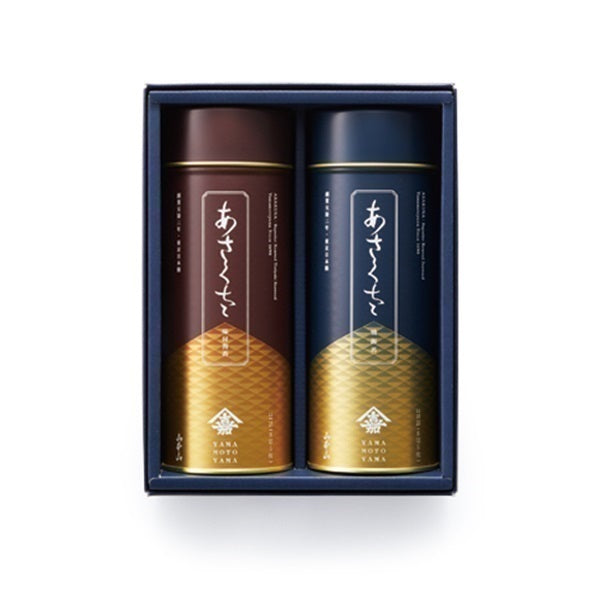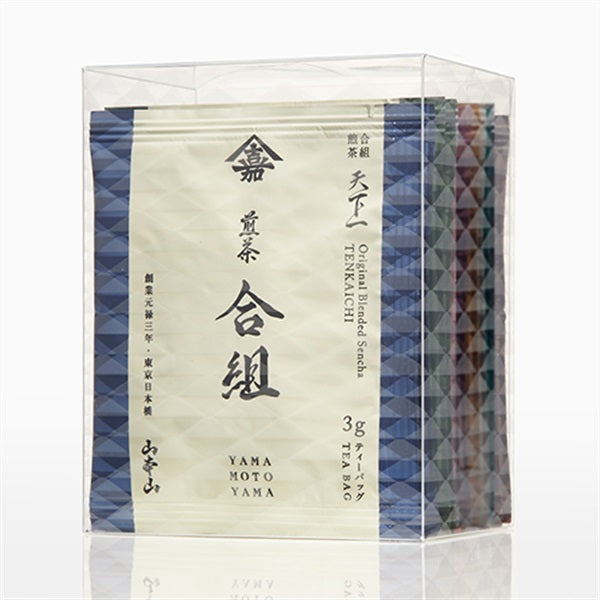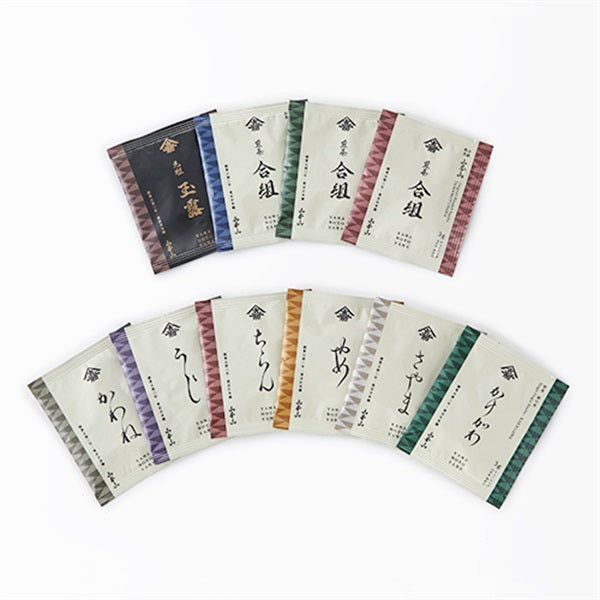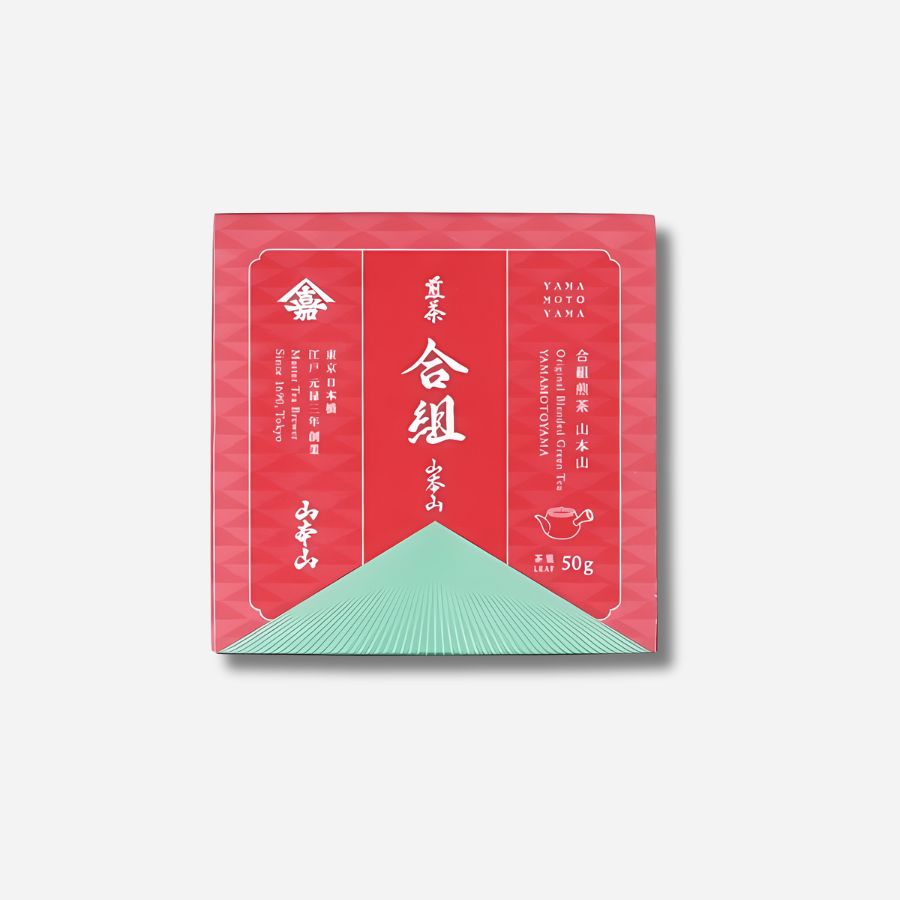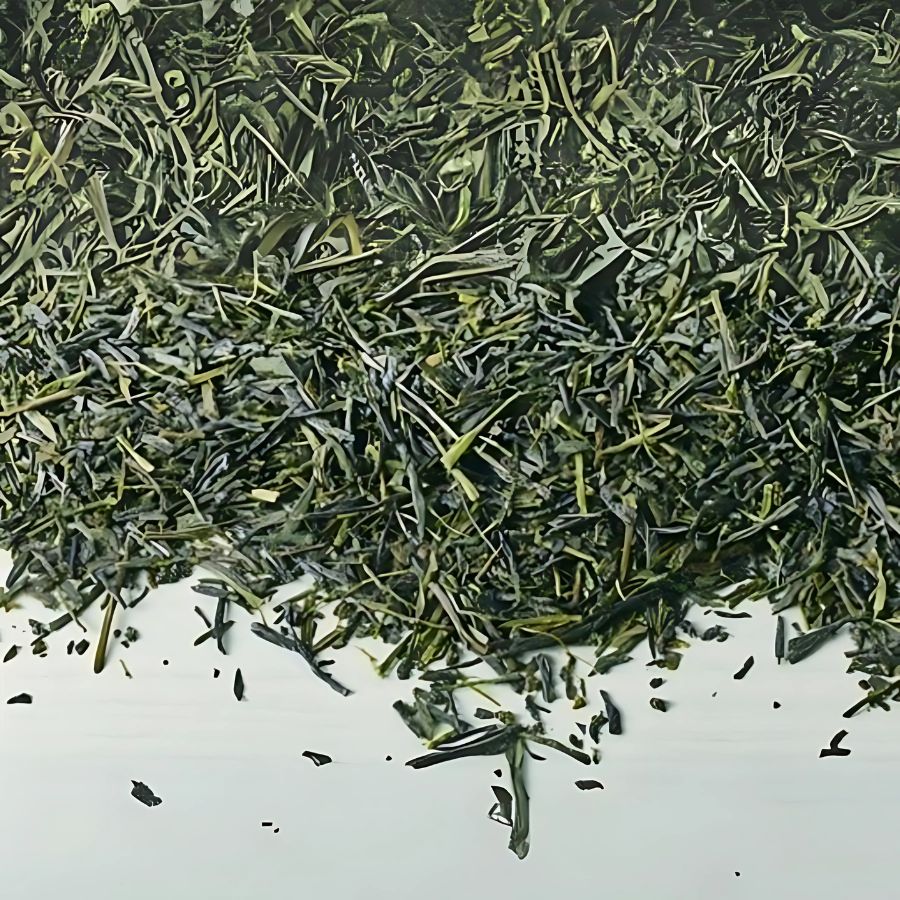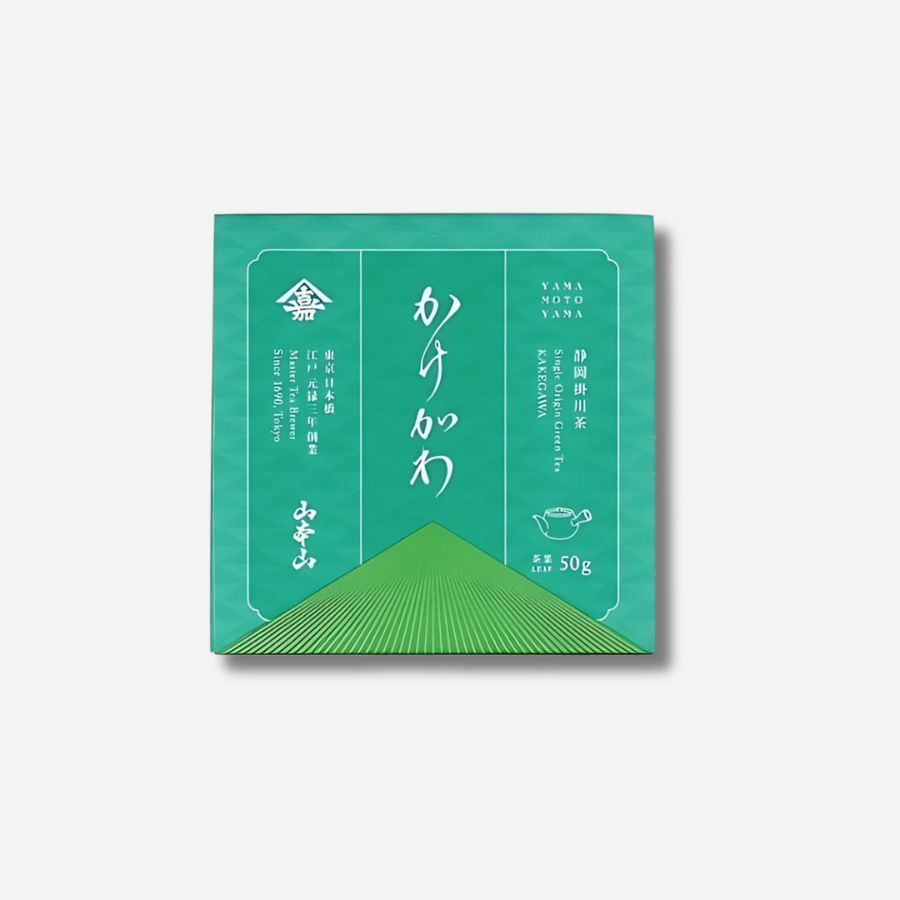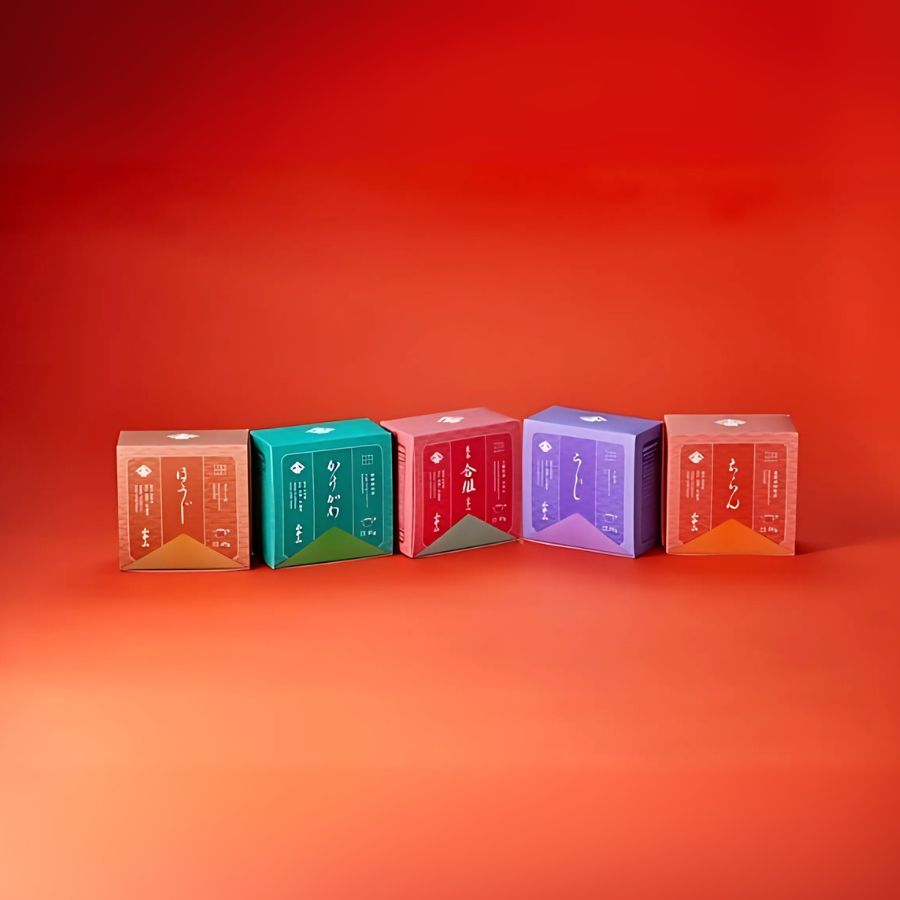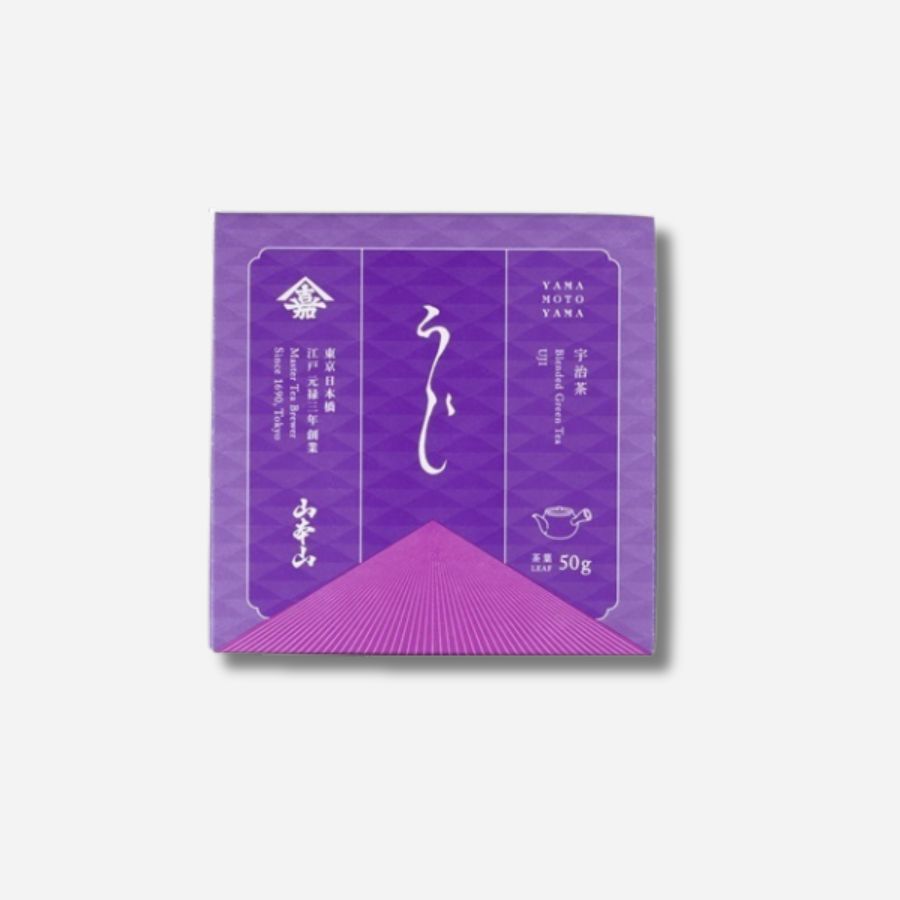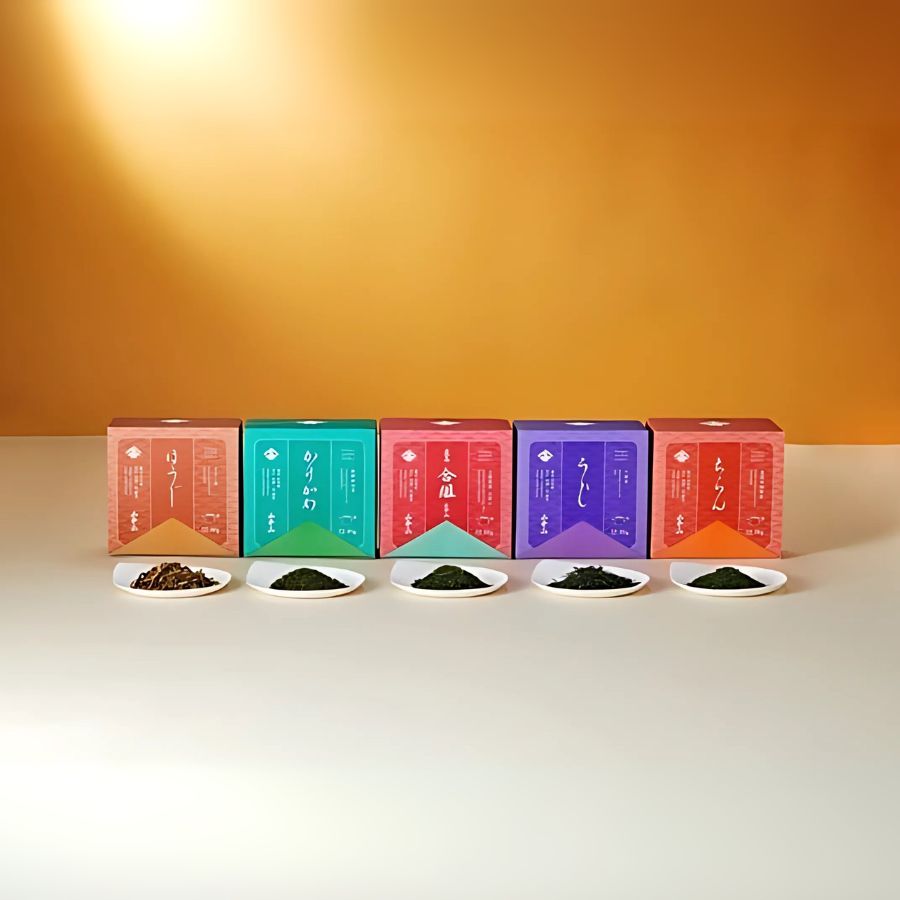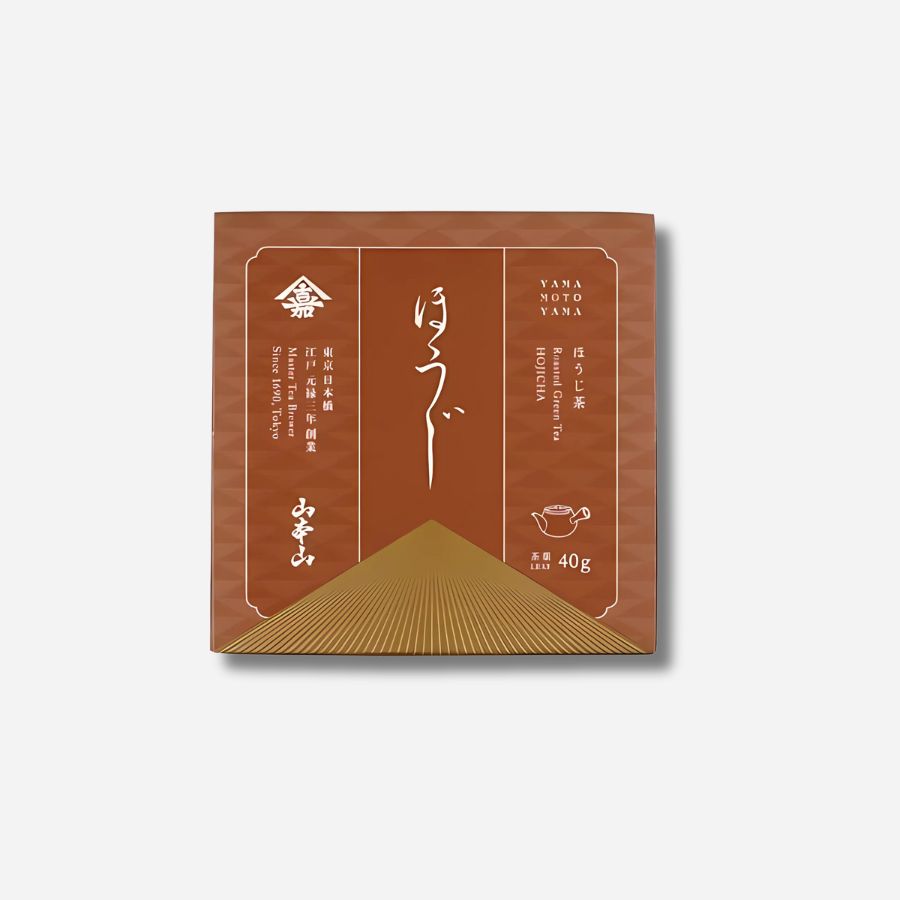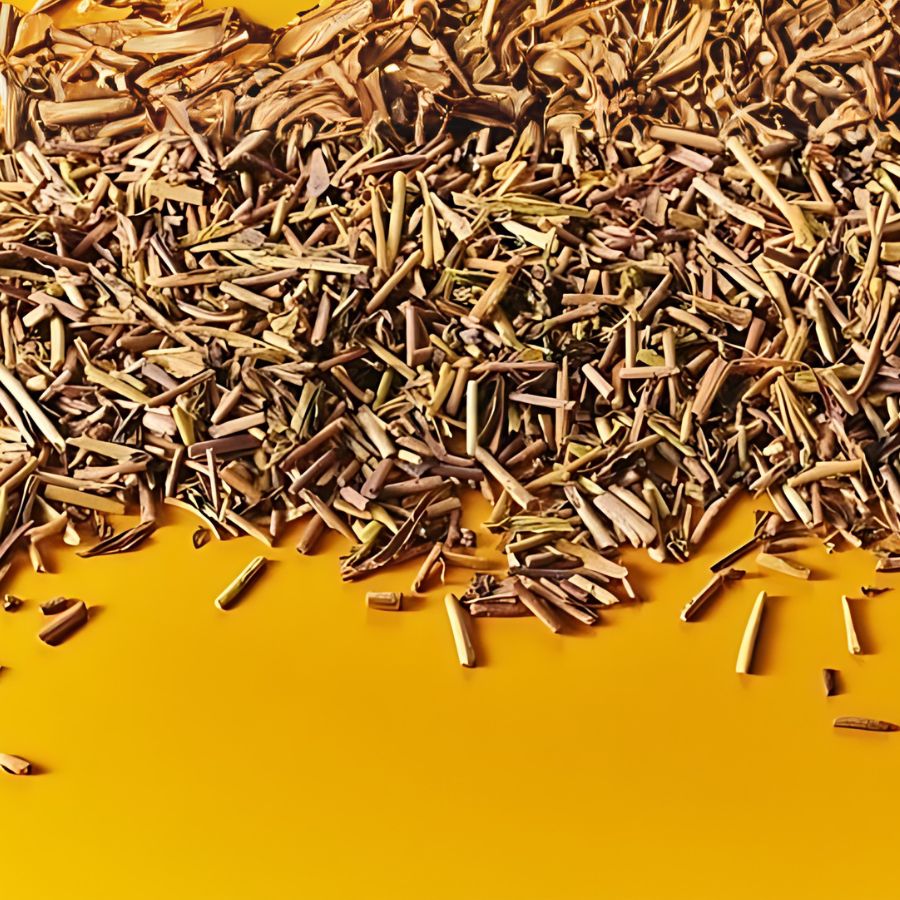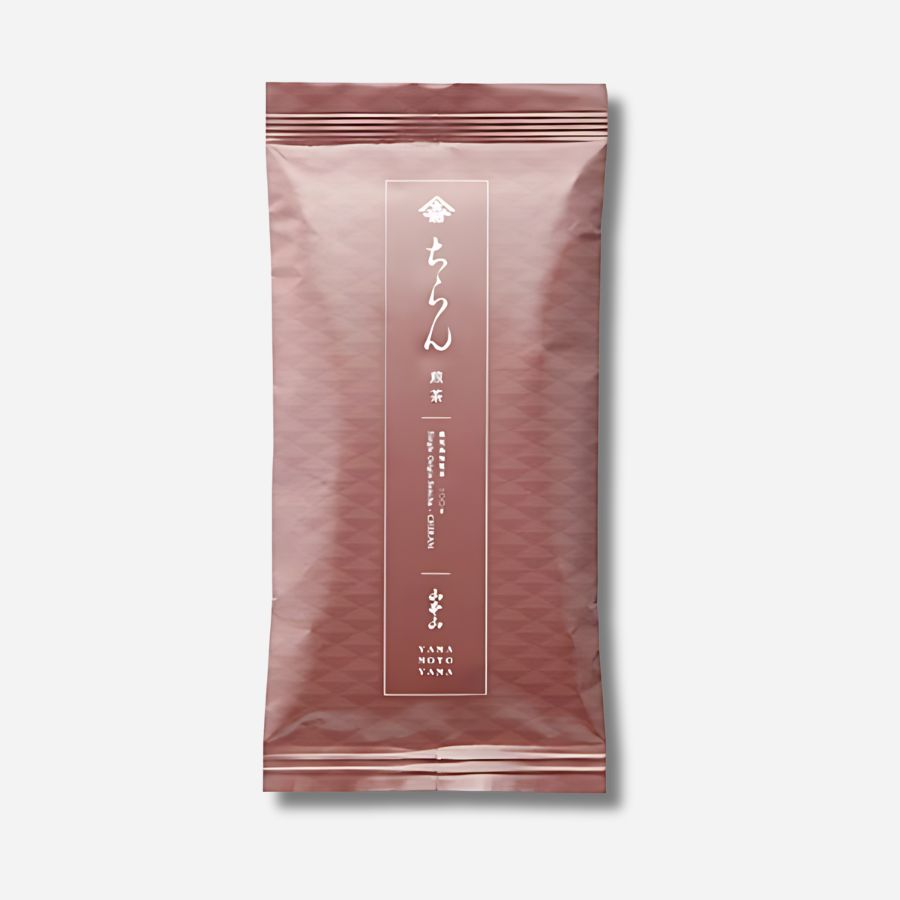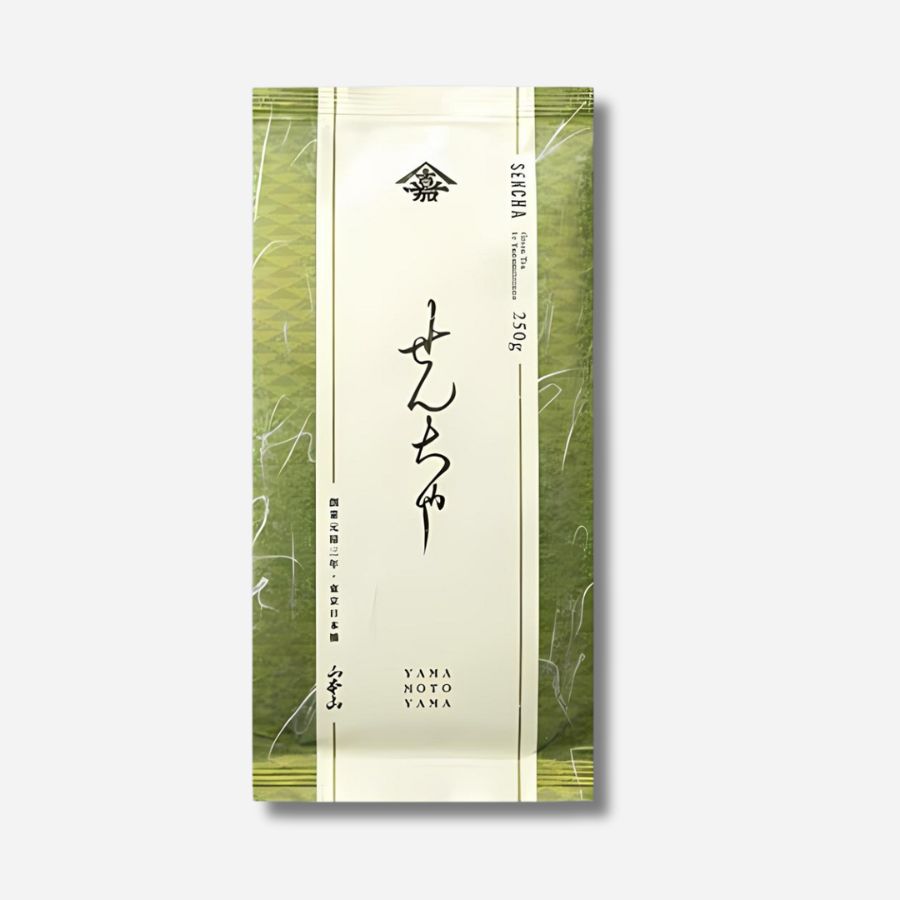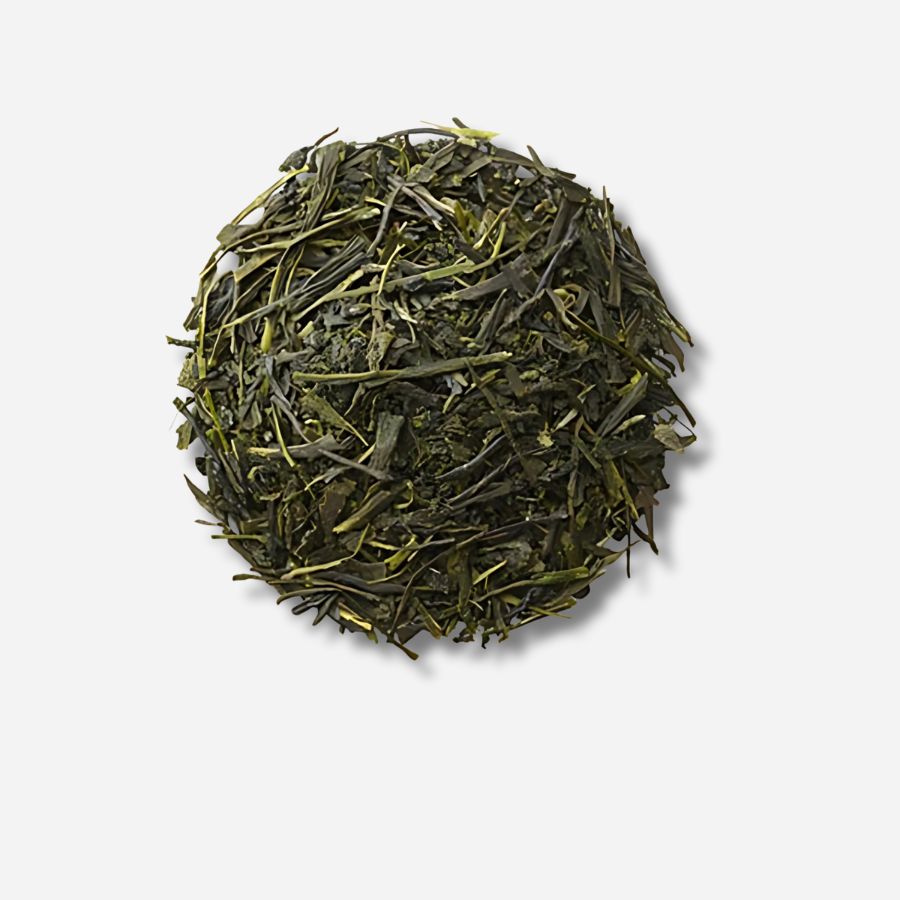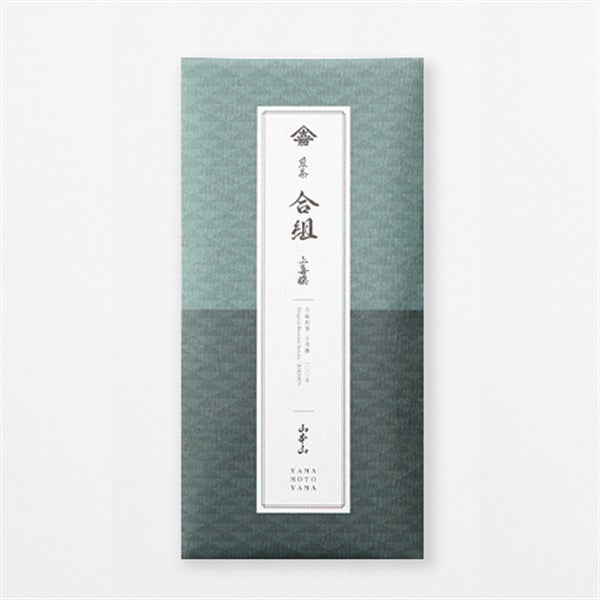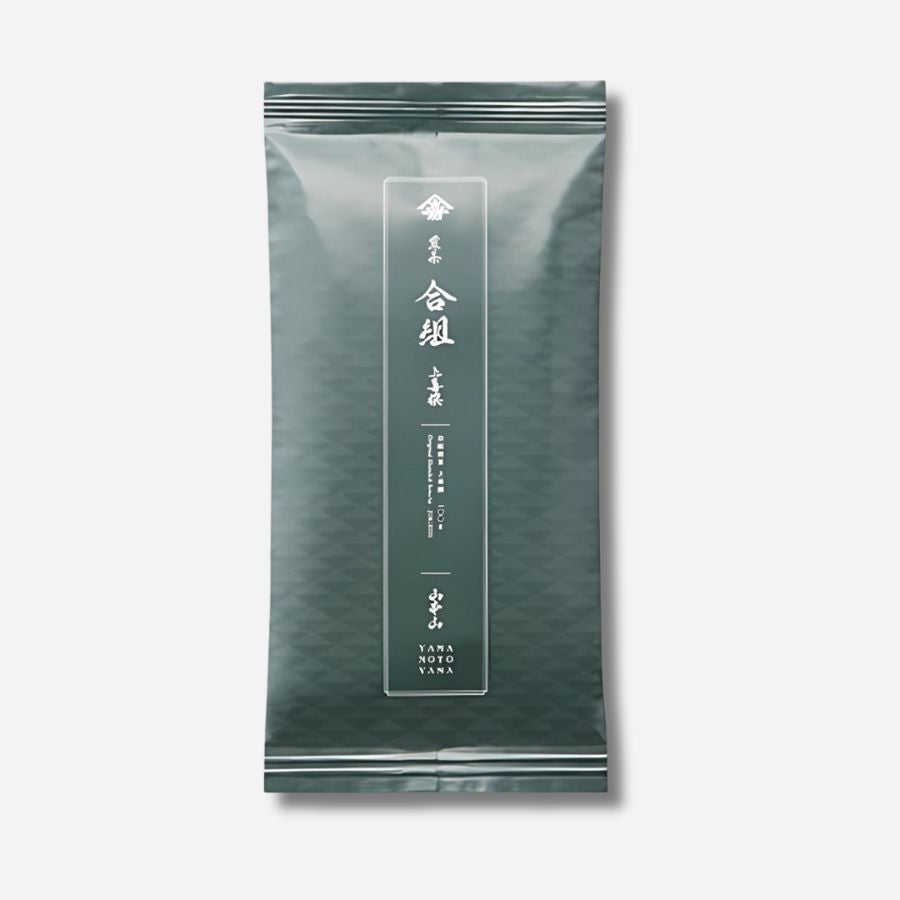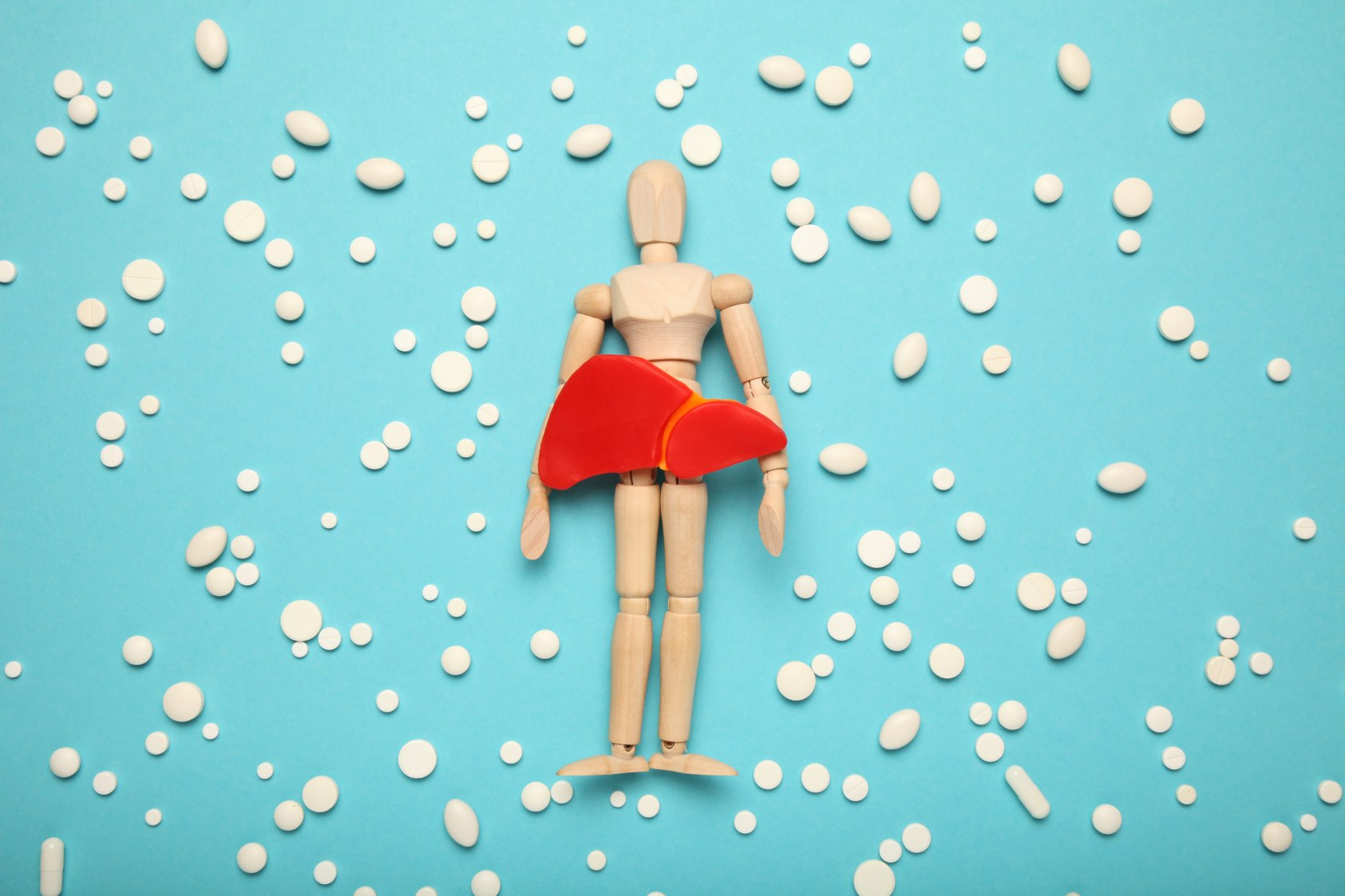
Prevent arteriosclerosis with green tea! Explaining its effects, mechanism, and effective ways to drink it
- Introduction
- What is arteriosclerosis?
- Mechanism of arteriosclerosis
- Green tea protects blood vessels! The surprising mechanism
- Prevents the oxidation of bad cholesterol
- Prevents platelets and smooth muscle cells from clumping together
- Improves endothelial cell function
- Lowers blood pressure
- Suppresses blood sugar levels
- Research proves that green tea helps prevent arteriosclerosis
- Reduces the risk of stroke
- How to drink it effectively
- summary
Introduction
In modern society, vascular diseases such as heart disease and stroke are major threats to our health.
One of the causes is arteriosclerosis, a terrible disease that causes blood vessels to harden and become brittle, impairing blood flow and leading to various illnesses.
Modern lifestyles, such as a Westernized diet, lack of exercise, and stress, are full of factors that increase the risk of arteriosclerosis.

So, we would like to focus on "green tea," which is familiar to us Japanese people. The "catechins" contained in green tea are known to have various health benefits, and research has shown that they may also be effective in preventing arteriosclerosis.
This time, we will explain in detail the relationship between green tea and arteriosclerosis, and introduce the amazing power of catechins.

What is arteriosclerosis?
Atherosclerosis is a disease in which the walls of blood vessels become thicker, harder, and lose their elasticity.
Lipids such as cholesterol tend to accumulate on the inside of blood vessels, forming lumps called plaque. When the plaque grows, it narrows the blood vessels and reduces blood flow.
Furthermore, if plaque breaks, a blood clot may form and completely block the blood vessel, which can lead to myocardial infarction or cerebral infarction.

Mechanism of arteriosclerosis
Think of blood vessels as water pipes.
When dirt accumulates inside water pipes, the flow of water becomes poor. In the same way, dirt such as cholesterol can accumulate inside blood vessels. This is called arteriosclerosis.
This "dirt" is mainly a substance called LDL cholesterol. When there is too much LDL cholesterol, it tends to stick to the walls of blood vessels.
When the attached LDL cholesterol oxidizes, immune cells such as macrophages and smooth muscle cells arrive and gobble it up.

Macrophages and other cells that have consumed a lot of LDL cholesterol turn into cells called foam cells.
When foam cells accumulate on the walls of blood vessels, they form lumps called plaque, which hardens and weakens blood vessels, impairing blood flow.

Arteriosclerosis tends to progress as we age. However, our daily lifestyle habits also have a significant impact. For example, smoking, high blood pressure, obesity, and lack of exercise are factors that increase the risk of arteriosclerosis.
If left untreated, arteriosclerosis increases the risk of developing life-threatening diseases such as ischemic heart disease and stroke, so measures to prevent and improve the condition are important.

Green tea protects blood vessels! The surprising mechanism
As mentioned above, arteriosclerosis occurs when cholesterol and other substances build up inside blood vessels, causing them to harden and narrow.
Catechins, which are abundant in green tea, have been reported to have the effect of preventing arteriosclerosis through various mechanisms.

1. Prevents the oxidation of bad cholesterol
The main cause of arteriosclerosis is the oxidation of LDL cholesterol (bad cholesterol).
When LDL is oxidized, it becomes more susceptible to being ingested by immune cell macrophages, which then deposits in the blood vessel walls, accelerating the formation of plaque.
Catechin (EGCG) has a strong antioxidant effect and inhibits the oxidation of LDL cholesterol, thereby preventing the formation of plaque and the progression of arteriosclerosis.

2. Prevent platelets and smooth muscle cells from congregating
Catechin works to prevent platelets from sticking together. By inhibiting platelet aggregation, it is possible to suppress the formation of blood clots and prevent the early stages of arteriosclerosis.
Catechin also has the effect of suppressing the proliferation of smooth muscle cells.
When smooth muscle cells proliferate too much, the lumen of the blood vessel narrows and arteriosclerosis progresses. By suppressing this proliferation, catechin is expected to have the effect of suppressing the progression of arteriosclerosis.
It is believed that through these actions, catechins help keep blood vessels healthy and prevent arteriosclerosis.

3. Improves endothelial cell function
Vascular endothelial cells, which line the inside of blood vessels, play an important role in maintaining the health of blood vessels. Catechin protects vascular endothelial cells and improves their function, thereby maintaining the flexibility of blood vessels and preventing arteriosclerosis.
The mechanism behind this is that, first, its powerful antioxidant effect removes active oxygen that damages vascular endothelial cells, protecting the function of those cells.
It also prevents the progression of arteriosclerosis by suppressing the production of substances that cause inflammation and inhibiting inflammation of vascular endothelial cells.
In addition, recent research has shown that catechins are also effective in preventing the aging of vascular endothelial cells.
Through these actions, catechin not only maintains the normal function of vascular endothelial cells, but also keeps blood vessels youthful, thereby protecting the health of blood vessels.

4. Lowers blood pressure
High blood pressure is a major risk factor for arteriosclerosis. Catechin promotes the production of nitric oxide (NO), a substance that dilates blood vessels. When blood vessels dilate, blood flows more easily, which is expected to lower blood pressure.
Another thing that has attracted attention is its ability to inhibit the action of an enzyme called angiotensin-converting enzyme (ACE), which produces angiotensin II, a substance that increases blood pressure.
By suppressing the action of ACE, catechin can be expected to suppress the production of angiotensin II and thus prevent an increase in blood pressure.

5. Reduces blood sugar levels
A sudden rise in blood sugar levels is one of the causes of damaging blood vessels and accelerating arteriosclerosis.
Catechin has the effect of suppressing the digestion and absorption of carbohydrates and mitigating the sudden rise in blood sugar levels after meals. Carbohydrates ingested in meals are broken down into glucose by digestive enzymes, but catechin inhibits the action of these digestive enzymes, delaying the conversion to glucose.

In addition, catechins also promote the secretion of insulin, which helps to lower blood sugar levels efficiently.
In addition, catechins also work to suppress gluconeogenesis in the liver. Gluconeogenesis is the process of newly producing glucose in the liver. By suppressing this process, catechins prevent blood sugar levels from rising.

Research proves that green tea helps prevent arteriosclerosis
As such, catechins have the effect of preventing arteriosclerosis through various mechanisms. By consuming green tea on a daily basis, you can expect these effects and reduce the risk of arteriosclerosis.
In fact, various studies have shown that green tea catechins are effective in preventing arteriosclerosis.
For example, it has been reported that administering catechins to healthy people for three months increased good cholesterol (HDL cholesterol). HDL cholesterol has the function of collecting cholesterol that has accumulated in blood vessels and returning it to the liver, which helps prevent arteriosclerosis.
In addition, epidemiological studies have shown that people who drink a lot of green tea have lower total cholesterol levels and a lower atherosclerosis index, which indicates whether or not one is susceptible to arteriosclerosis.

Reduces the risk of stroke
Green tea may also help reduce the risk of stroke.
An experiment investigating the relationship between green tea intake and the risk of stroke also reported that the more green tea consumed, the lower the risk of stroke, and in the event that a stroke did occur, the less extensive the brain damage.
A survey conducted by the Tohoku University School of Medicine looked at the relationship between the frequency of tea drinking and the incidence of stroke among 9,500 non-smoking women living in Sendai City. The survey found that the incidence rate of stroke was 0.4% for those who drank three or more cups of green tea a day, while it was over 2.0% for those who drank less than that - a difference of about five times.

Animal experiments have also shown that ingesting catechins may alleviate brain damage.
In an experiment, rats that consumed a diet containing green tea catechins were compared to rats that did not. When the rats that consumed green tea catechins suffered a stroke, the area of the brain that was damaged was about 40% less, and the symptoms were milder.
These research results show that green tea catechins are expected to improve cholesterol levels and reduce the risk of arteriosclerosis, stroke, and other conditions.

How to drink it effectively
Among the various types of green tea, matcha has the highest catechin content by far. Drinking matcha on a daily basis can help you effectively manage your blood pressure.
Some people may think, "But it's a hassle to make matcha every time..." For those people, we recommend high-grade sencha or regular sencha, which have a high catechin content.

Furthermore, to get the most out of green tea, you need to be careful about how you drink it.
The effects of catechin do not last long, so it is important to drink it every day. Try to drink it frequently, aiming for at least three cups a day.
In addition, drinking green tea within 30 minutes after a meal can help prevent blood sugar levels from rising and inhibit the absorption of cholesterol. Make it a habit to drink a cup of green tea after every meal.
Catechins are easily extracted with hot water, so use hot water over 80°C and make the infusion a little stronger. You can also get more catechins by not only drinking the infusion but also eating the tea leaves after brewing.

summary
Green tea is a traditional drink that has been loved in Japan since ancient times. It is rich in various health ingredients, including catechins, which have the power to prevent arteriosclerosis.
Including green tea in your daily life can help protect your vascular health, which in turn can reduce your risk of heart disease and stroke.
Get into the habit of drinking green tea and live a healthy life every day.

